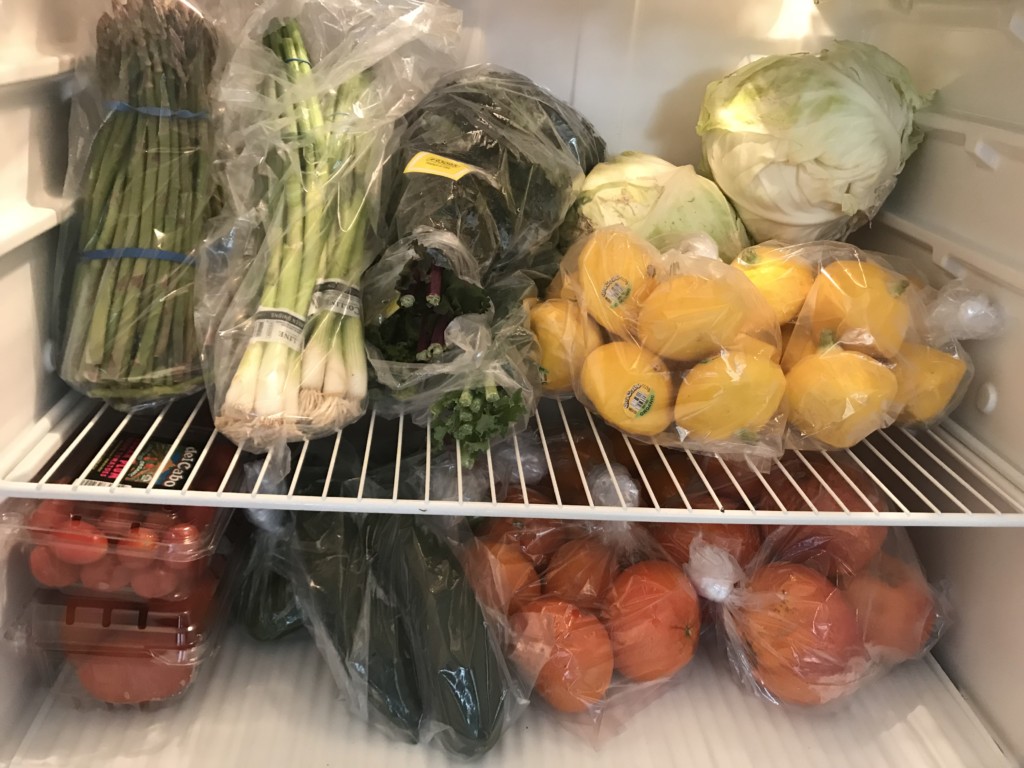 The other day I saw a middle-school aged child eating a Lunchable and a bag of chips. I probably wouldn’t have noticed except that she and her friend were both eating the same brand of chips and were both overweight for their age.
The other day I saw a middle-school aged child eating a Lunchable and a bag of chips. I probably wouldn’t have noticed except that she and her friend were both eating the same brand of chips and were both overweight for their age.
Across the courtyard were children eating homemade sandwiches. They seemed to be the proper weight for their age and were more energetic. Being a mother, I was immediately faced with the question of which mom am I?
Right now, I’m the Sandwich Mom. Actually, I’m probably more like the mom in My Big Fat Greek Wedding who sent her child to school with the delicious Greek dish Moussaka.
In our home, most of the meals are cooked with fresh ingredients and we indulge in organics. We eat a good amount of vegetables and fruits and find a lot of joy in creating meals that are satisfying to our nutritional needs and our palate. Through this process, my toddler child enjoys eating a variety of foods and even knows the names of a few spices.
But I totally get how a mom would end up giving her child a Lunchable and a bag of chips. And, in the context of a very busy life where we are managing multiple roles, sometimes taking the convenient route is really enticing. There was a time in my life when I thought that was acceptable, too.
Then I started looking at food as energy. I began to become aware of the chemicals involved in eating too many prepared foods and realized that without enough vegetables and fruits I was not my most vibrant self. I’m now able to pass that knowledge on to my child.
Of course, I worry about his food requests and choices once he enters school and his peers can influence him about what to eat for lunch, but I’m a firm believer that if I prepare him with a good foundation of education and a taste for homemade food that he will be able to make more informed decisions later in life.
Here are some ideas to encourage a lifetime of healthy eating with your toddler:
Take your child grocery shopping and encourage independent food choices.
Our toddlers are now old enough to recognize the food they like. Walking them through the aisles of the grocery store can help them get excited about food. This is a great time to tell them how you prioritize your grocery shopping. In general, we spend most of our time in the fruit, vegetable, dairy, and meat sections. These sections are often in the outer perimeter of the store. You can teach your child that journey by telling them, “Ooh, we get our vegetables here. Which ones do you want to eat this week?”
If you have prepared meal plans try to allow these requests from your child to become snack meals or allow some flexibility in your meal plan to start involving your toddler’s preferences. Talk to your child about how these items are single ingredients and how when you put a few single ingredient items together you can make a meal that will help their bodies grow strong and give them lots of energy to run at the park. They’ll love being a part of the process and having their preferences added to the cart.
Let your child help carry and unload groceries.
Part of learning healthy food choices is understanding the work that is required to carry, unload, and prepare meals. Your toddler is likely strong enough to carry a small bag with one grocery item from your car to your home. I like to give him a few bananas or a head of broccoli. He is delighted to share in the task. He also likes helping take the groceries out of the bags handing them to me to put them in the fridge. Of course, sometimes he makes piles of food when I can’t keep up with him but he really enjoys helping me. He also knows exactly where all of his favorite food items were placed in the fridge so that he can make special requests later.
Give your toddler tasks in the kitchen.
Your toddler can help you wash vegetables and fruits in the sink or in a bowl of water. They can also help cut soft foods with a toddler knife – a great place to start is with a banana. When you child helps with tasks in the kitchen they will become curious and knowledgeable about different foods. They’ll be more likely to eat it and understand why the food takes time to prepare.
A very young toddler can help with stirring and dumping ingredients into a bowl. A slightly older toddler can make faces on foods or help lay out foods on a tray before they go in the oven. This experience is not only educational and essential to teaching your child life-skills but it is also teaching them how food is prepared and what all the ingredients are. That way, when you talk about ingredients you eat and ingredients you don’t eat, such as chemicals or high-fructose corn syrup, your child will have a basis for understanding later in life why you didn’t buy some of the unhealthier or more processed food options.
Model healthy food choices and eat as a family.
You are your child’s biggest influencer and what they see you eat is going to be what they want for themselves. Do your best to model healthy eating as much as possible. Save the indulgences for after their bedtime or explain to them how you are just having a small piece of chocolate today, not the full bar. The more that we can explain to our children why we are doing what we are doing the more they will be prepared to make choices of their own. Eating as a family is also a great way to model that food can become a sensory and conversation experience for the whole family when shared together. It also puts a little pressure on us all to make time for food in our lives.
I get it. Life is busy, but when it comes to food, it’s one place that I would say it is 100% worth it to slow down, chop your veggies, and share a few moments with your loved ones.





















